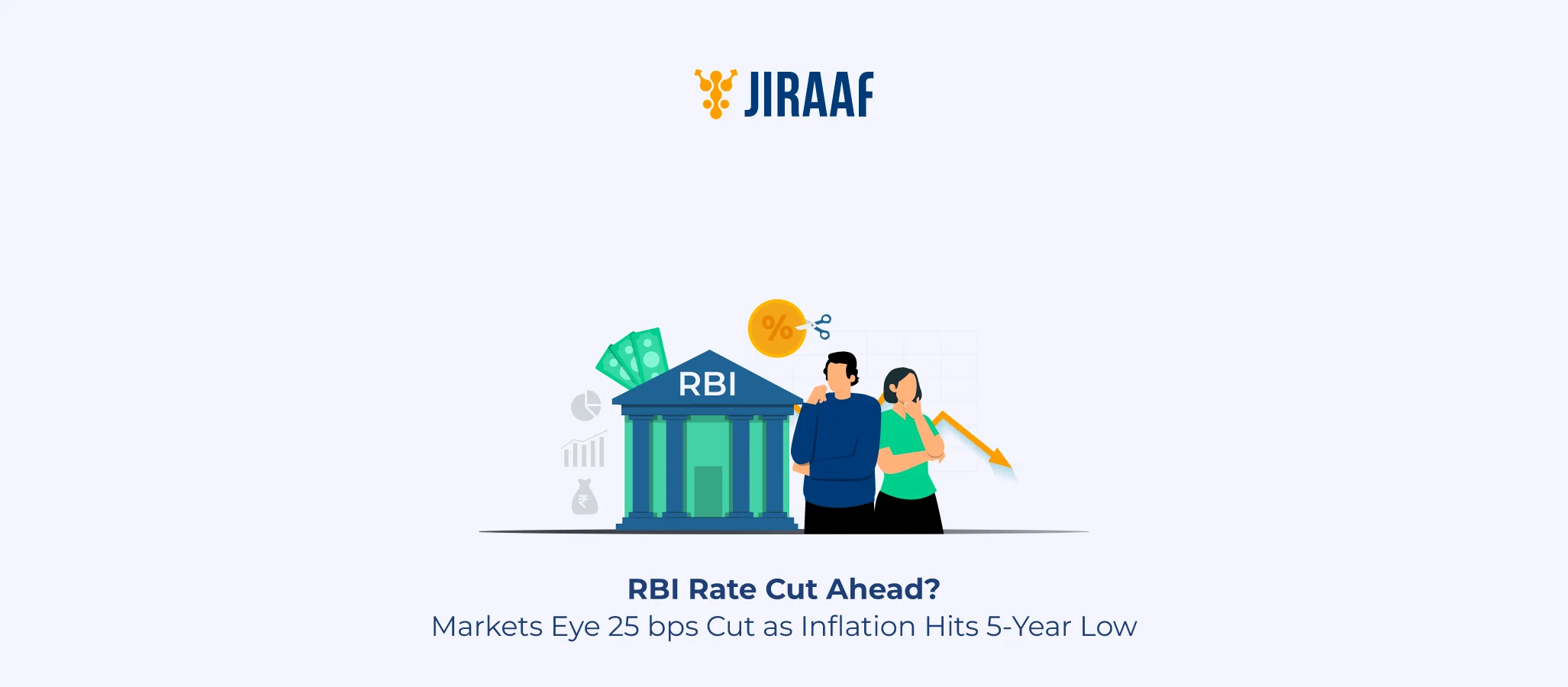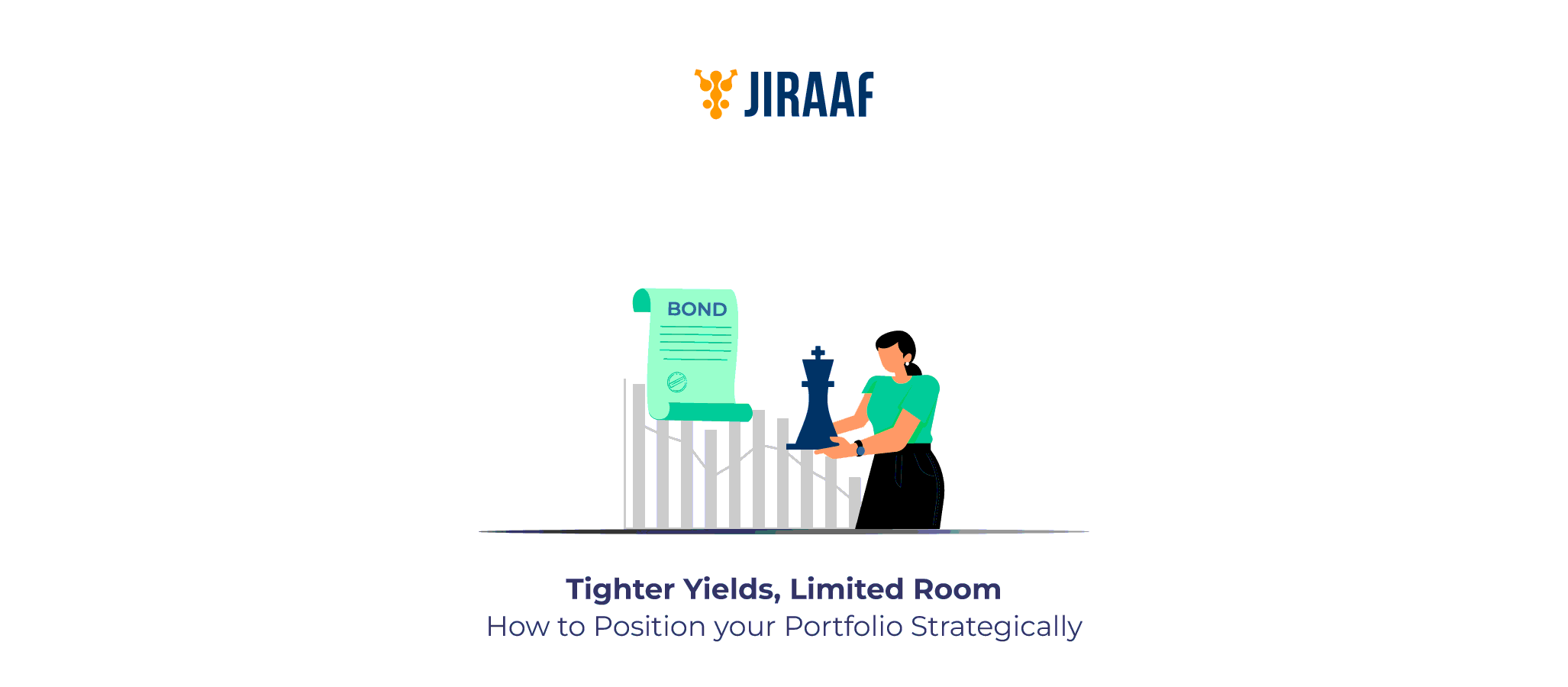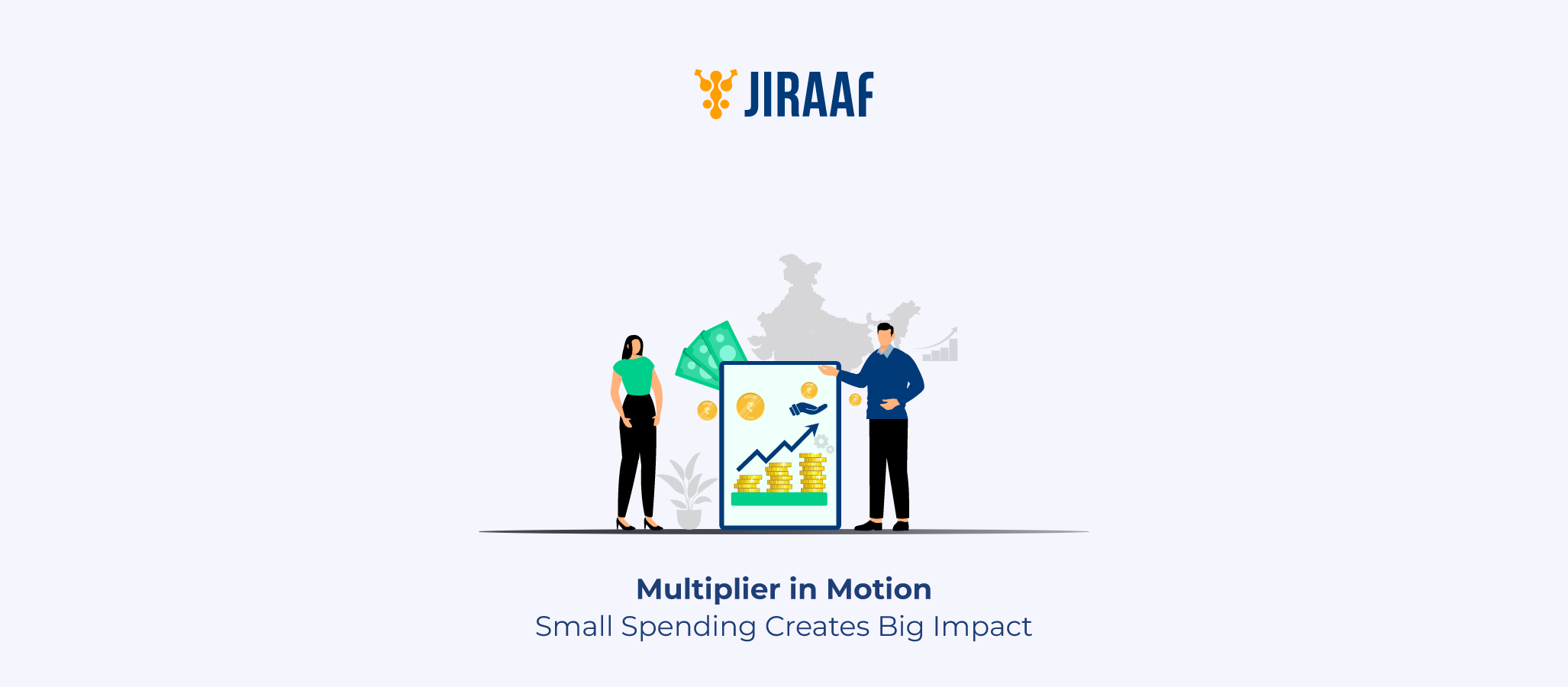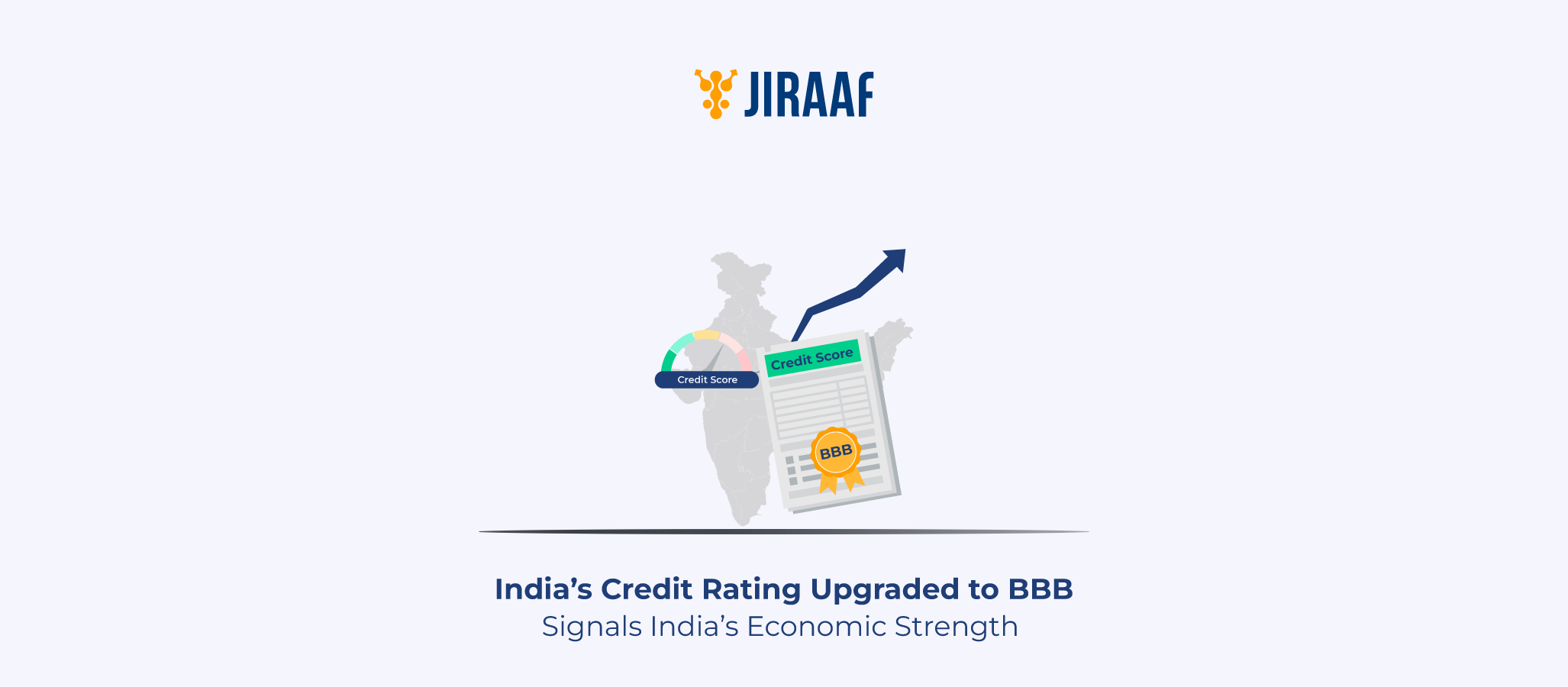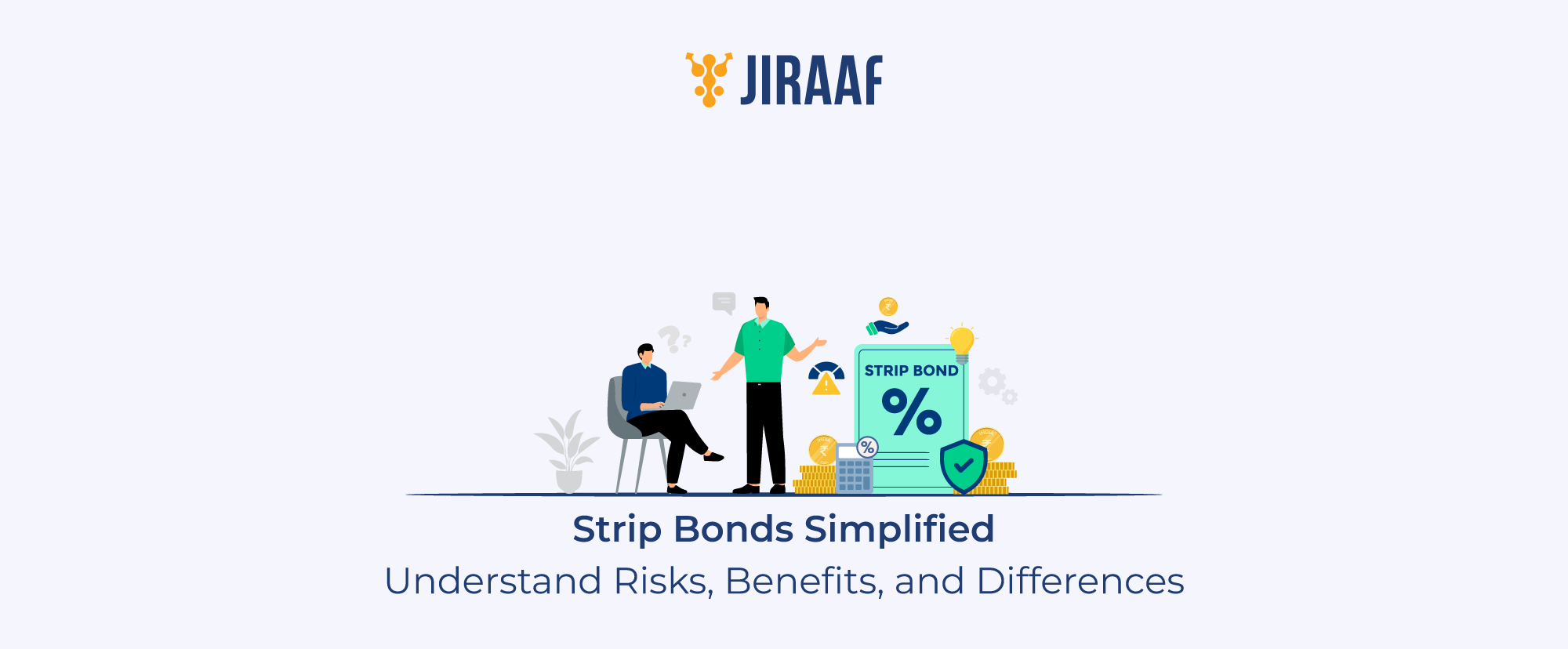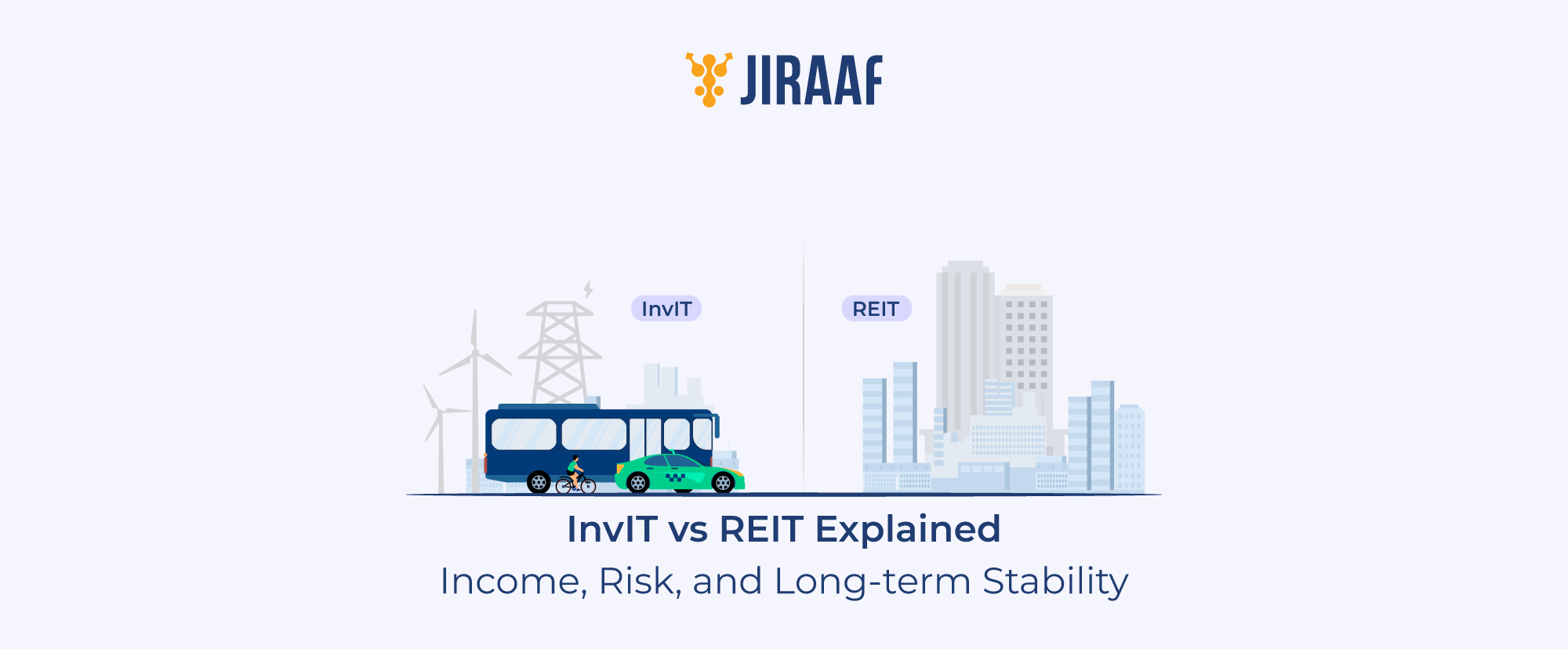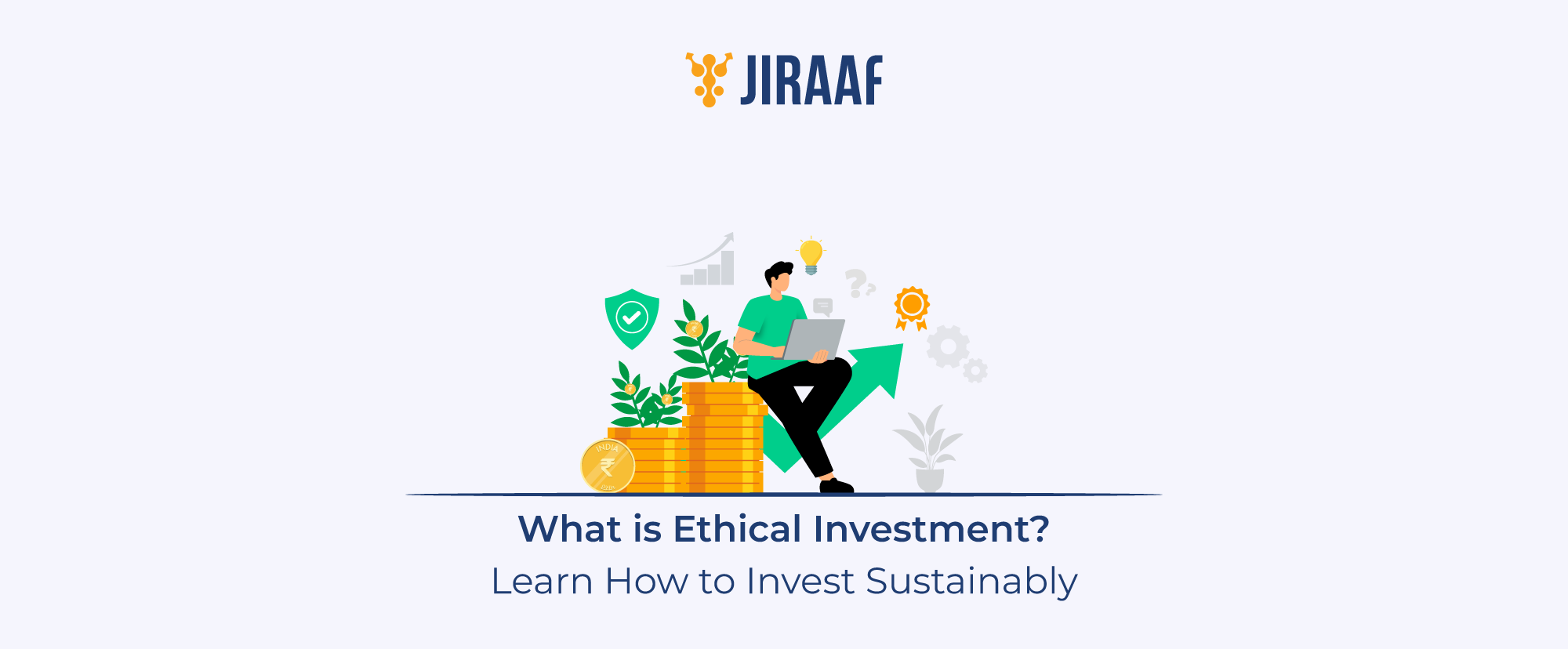Rate Cut Buzz Grows Louder Ahead of RBI’s August Policy
The Reserve Bank of India (RBI) has already delivered three rate cuts in 2025, trimming the benchmark repo rate by 100 basis points from 6.50% in February to 5.50% in June in a calibrated effort to support growth while inflation continued to moderate. The cuts were measured responses to a cooling inflation trend and global economic slowdown, particularly in Asia.
Against this background, there is growing speculation that the RBI may announce another 25-bps cut in its upcoming MPC meeting in August. Indian bond markets are already pricing in the possibility, and several economists foresee a rate cut in August, bringing down the repo rate to 5.25%.
However, the central dilemma persists. Inflation appears well-anchored, and global growth risks are mounting, both of which support the case for a rate cut. At the same time, domestic demand has remained resilient, and oil prices are showing signs of firmness. This mix of supportive and cautionary signals makes the RBI’s next move far from straightforward.
June Inflation at 2.1% Strengthens the Case for a Rate Cut
India’s Consumer Price Index (CPI) inflation dropped sharply to 2.1% in June 2025, its lowest level since December 2019. This figure is now well below the RBI’s medium-term target of 4%, providing the central bank with additional policy space.
The sharp moderation is largely attributed to easing food prices, stable fuel costs, and a favorable base effect. With headline inflation softening and core inflation remaining below 4% for five consecutive months, many economists believe the disinflationary momentum strengthens the case for an early rate cut.
A reduction in the repo rate to 5.25% would align India’s real interest rates with a more neutral level and support credit expansion. Currently, real rates stand at about 3.4%, which is considered restrictive for an economy still facing global demand pressures.
Inflation is at six-year low levels, and global commodity pressures are largely subdued. This strengthens the argument for a preemptive rate cut, rather than waiting till October. As noted in a recent Reuters report, “Cooling inflation trends combined with visible growth risks are giving the RBI the headroom to consider policy easing.” The report further adds, “Considering the softness in activity indicators (e.g., production, credit growth, auto sales), and below projected inflation in the first half of fiscal 26, the RBI MPC will be inclined to ease rates further.”
The RBI’s own policy stance has shifted, moving from ‘accommodative’ to ‘neutral’ in June 2025, even as it delivered a rate cut. This signals a willingness to ease further if incoming data supports it, while maintaining a cautious view on inflation durability and global spillovers.
While the trajectory is certainly encouraging, the RBI remains vigilant and data dependent. Ultimately, the key question is whether this disinflation trend proves to be temporary or structurally sustainable, a question that will likely guide the central bank’s next move.
Why Low Inflation Isn’t Always a Good Sign for a Growing Economy
While falling inflation is generally welcome, persistent low prices can also indicate underlying demand weakness. The RBI operates with a flexible inflation targeting framework of 4% ± 2%. It means that while inflation below 6% is acceptable, inflation close to the lower band of 2% also raises concerns about domestic demand and pricing power.
In fact, a moderate and sustained level of inflation, say 3-4%, is considered desirable for a developing economy. It allows wage growth, sufficiently strong demand, corporate profitability, and hence, incentive for investment. Very low inflation can also point to sluggish demand, weakening exports, and subdued investment and can spiral down to deflation or recession.
India’s recent growth data somewhat reflects this trend. Urban discretionary spending has slowed, auto sales have plateaued, and global demand for Indian exports has softened. In this context, a rate cut could be a timely response to counteract deflationary pressures.
What Happens If RBI Cuts Rates to 5.25%?
If the RBI does go ahead with a 25-bps rate cut in August, lowering the repo rate to 5.25%, one immediate consequence will be a further narrowing of the interest differential between India and the United States. Currently, the Federal Reserve continues to hold rates in the 4.25%–4.50% range, citing lingering concerns about services inflation and cautious labor market trends.
Currently, India’s 10-year G-Sec yield is around 6.30%, while the U.S. Treasury 10-year yield is at approximately 4.40%, a spread of nearly 190 basis points. Although this differential is still decent, it has compressed from earlier levels and may narrow further if India eases while the U.S. Fed holds steady.
A thinner yield gap makes Indian debt relatively less attractive to FPIs, especially those with hedging costs at play. Capital flows may moderate or even turn volatile depending on global risk sentiment.
This dynamic puts the RBI in a delicate spot, balancing domestic growth imperatives against external vulnerabilities.
Impact of Yield Compression on Indian Bond Markets
While a narrower spread may deter some global investors, domestic bond markets are already pricing in the possibility of easing:
- Long-duration bonds are attracting strong interest from pension funds and insurance companies.
- Shorter maturities have begun reacting to anticipated policy changes, reflecting growing rate cut expectations.
- Retail and HNI investors are shifting toward AAA-rated corporate bonds and target maturity funds, eyeing potential capital gains as yields soften.
Impact of Rate Cut on the Yields
Should the RBI cut rates by 25 bps, the immediate impact would be felt across the short- and medium-term segments of the G-Secs and high-rated corporate bond yield curves.
- Yields on 2–7-year maturities would likely decline as money market rates adjust.
- Long-term yields may remain sticky due to global risks, but the overall curve could steepen.
- As bond prices and yields move inversely, investors holding long-duration bonds stand to benefit from capital gains.
The bull steepening trend, where short- and medium-term yields fall faster than long-term ones, is already being observed. It reflects an environment where central bank easing is anticipated. However, longer-term inflation and fiscal risks should keep long-term bond yields elevated.
Why RBI May Still Pause: Uptick in Core Inflation in June
Even as headline inflation fell sharply in June, core inflation (which excludes volatile food and fuel) rose marginally from 3.4% in May to 3.6% in June. While this increase is modest, it signals that underlying price pressures haven’t fully dissipated.
Importantly, the RBI’s focus isn’t limited to headline CPI alone. Its mandate is to ensure that inflation remains durably aligned with the 4% medium-term target. That means watching for second-round effects, wage inflation trends, monsoon unevenness, and geopolitical risks that may affect prices. A premature rate cut could risk undoing some of the progress made in anchoring inflation.
“The Reserve Bank of India has ‘won the battle against inflation,’ but the war is ongoing as price stability remains the central goal,” said RBI Governor Sanjay Malhotra at a Financial Express event in July. He added, “Monetary policy being forward-looking, will place greater focus on the outlook for growth and inflation, rather than current levels, when the policy panel meets on Aug. 6.”
In another interaction with CNBC-TV18, he emphasized, “…the monetary policy committee will look at the inflation outlook, and not just current data, while deciding further rate moves.”
Given this backdrop, the RBI may prefer to wait until October, when festive demand patterns, Kharif crop data, and external risks become clearer, before deciding on its next policy step.
Demand Conditions: Rural Resilient, Urban Lagging
India’s demand story by mid-2025 is marked by a clear divergence between rural and urban consumption. Rural demand appears surprisingly resilient, thanks to a good Rabi harvest, higher government capital expenditure, and continued direct benefit transfers (DBT) bolstering rural incomes. Tractor sales and fertilizer offtake, key indicators of rural stability, remain steady.
In contrast, urban consumption is showing signs of struggling. High frequency indicators such as passenger vehicle sales, air travel bookings, and discretionary retail spending are not picking up in line with the overall growth expectations. Even with attractive interest rates, consumer durables and lifestyle products are showing muted demand in metro and tier-1 cities. This weakness is compounded by external factors. Rising global tariffs, geopolitical conflicts, and subdued global growth are affecting India’s urban export-linked sectors, including textiles, electronics, and IT services. Unless these headwinds ease, urban consumption may remain sluggish, dragging India’s overall growth trajectory.
This divergence in rural and urban demand may influence RBI’s growth outlook and the timing of further rate adjustments.
When Will the Rate Cut Actually Come? Market Split between August and October
Market participants and economists are split over the timing of next RBI rate cut. Many economists peg the probability of a cut in August at 40-50%, citing soft inflation and the RBI’s recent change in tone.
ICICI Bank expects a 25-bps cut in August, assuming inflation remains subdued, at or below ~3%, and the broader demand trends warrant easing.
Business Standard reports that, while most economists still expect the RBI’s next rate cut in October or December, the likelihood of an easing move as early as August has significantly increased.
Others expect the central bank to wait until October, by which time it will have more data on festive demand trends, monsoon outcomes, Kharif sowing, and inflation durability.
The RBI may also consider a ‘policy insurance’ cut, taking early action to preserve confidence amid evolving risks. Nomura India believes the RBI may frontload a rate cut to cushion against the growth downgrades projected for Asia by global agencies (as reported by Mint).
For now, the RBI may choose to remain data-dependent, weighing whether the current disinflation is structural or cyclical, while staying committed to its dual mandate of price stability and growth support.
What This Means for Indian Bonds
Regardless of whether the RBI cuts rates in August or chooses to wait, the Indian bond market will be closely watching the policy signals and guidance.
If the Rate Cut Happens
- Yields on 5–10-year G-Secs may soften further.
- AAA and AA-rated corporate bonds could attract stronger demand.
- Retail investors may benefit from mark-to-market gains, especially in long-duration holdings.
- Long-duration funds may see inflows.
If the RBI Holds Steady
- There may be a mild pullback in short-duration debt.
- The curve may steepen, prompting investors to diversify across maturities.
Broader Economic Impact
A rate cut would have a ripple effect across the economy.
- MSMEs and corporates would benefit from marginally lower borrowing costs.
- Housing and consumer loans could become cheaper, spurring discretionary spending.
- The government interest burden will reduce, aiding fiscal consolidation.
However, over-easing could fuel asset bubbles or stoke inflation, making the RBI’s balancing act even more critical.
What to Watch before Policy Day
Key data points ahead of the August review include:
- July CPI Inflation: Critical to assess whether the disinflation trend holds.
- Industrial Production (IIP) and core sector output for June: For signs of underlying growth.
- Monsoon progress and Kharif sowing data: Food price outlook depends on rural conditions.
- Global commodity trends and US Fed Commentary at Jackson Hole (scheduled for August 21–23, 2025): May offer cues on the global rate environment.
- INR movement and forex reserves: Key for external sector stability.
Any significant deviation in these indicators could alter the RBI’s decision.
Conclusion: What Should Investors Watch For?
As the August MPC meeting nears, attention will be on the RBI’s commentary—not just the rate decision, but also its forward guidance on inflation, growth, and external risks. Even if rates remain unchanged, the tone of the policy statement could mark the beginning of a pivot.
For bond investors, this is a crucial moment. If a rate cut is signaled, now or later, longer-duration bonds may rally. Falling yields translate into capital gains, especially on G-Secs and AAA-rated corporate bonds. Many investors are already positioned along the steepening curve, but further opportunities may emerge.
Equity markets, too, could benefit. A rate cut may lift sentiment in rate-sensitive sectors like banking, real estate, and consumer durables. Even if transmission is gradual, the policy direction matters.
However, caution is warranted. One rate cut doesn’t imply the start of an extended easing cycle. The RBI remains data-driven, especially with core inflation edging higher and global uncertainty persisting.
In the months ahead, investors should closely track inflation prints, consumption trends (rural and urban), and global rate signals—all of which will influence the RBI’s next moves.
